BASAL IMPLANTS V/S CONVENTIONAL IMPLANTS
BASAL IMPLANTS V/S CONVENTIONAL IMPLANTS
When it comes to full mouth replacement of teeth on implants the world at large is aware of the fact that replacement of teeth on Conventional Two piece implants score over the Single piece Basal implants enormously in multiple aspects.
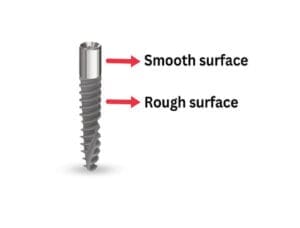
- Basal implants when placed in the bone, Osseo fixate with the bone, where there will only be a mechanical interlocking between the bone and the Implant threads, where as Conventional implants Osseo integrate with the bone, where the implants fuse completely with the surrounding bone and become a integral part of the bone there by providing ever lasting implants, which serve for a persons life time.
- Basal implants facilitate cement retained prosthesis, where the restorations are fixed on the implants with the help of a glue like cement which makes retrievability of the prosthesis a herculean task for the doctors and the patients alike, the bridge so removed cannot be reused. Where as the Conventional implants support screw retained prosthesis, where the prosthesis if required can be simply removed by loosening the screws, necessary changes made and the same bridge replaced immediately.
- Conventional implants are universally approved and accepted all around the world, whereas Basal implants are not US FDA approved and in fact prohibited in few countries which makes it precarious for people opting for Basal implants, notably for people travelling from these countries to other nations on dental tourism for Full mouth replacement of teeth on Basal implants.
Regardless of the disagreements with the Basal implants, few people are compelled to opt for Basal implants as they are
- Immediate loading.
- Do not require sinus lift and bone grafts.
- Basal implants avoid peri implantitis.
What if there is a possibility to obtain the benefits of both Basal implants and universally acclaimed Conventional implants along with its benefits like osseoIntegration of the implants with bone, Screw retained prosthesis apart from added benefits where the implants are suitable for Diabetic, Hypertensive and for people with smoking habits.
Dr. K. A. Reddy, a certified Implantologist with expertise in both Basal and Conventional Implants places both the Implant systems with equal ease, but given a chance prefers Conventional implants over Basal Implants on account of several benefits it has to offer and also due to its long lasting nature. Dr. K. A Reddy has been consistently managing Implants in cases that are rejected by other doctors due to lack of bone with his patented CPBCCI PROTOCOL™ (CRESTAL POLISHED BI CORTICAL CONVENTIONAL IMPLANTS) and fixed teeth immediately in less than a week.
The characteristic features of CPBCCI PROTOCOL™ being
- Immediate loading of conventional implants.
- Bi cortical engagement of conventional implants.
- No more waiting for months to get fixed teeth, get permanent teeth in less than a week.
- Screw retained prosthesis.
- No additional surgeries like sinus lift required.
- No Bone grafts required, Implants will be placed in the patients native bone irrespective of the amount of Bone loss by tilting the Implants.
- Approved Globally.
- Prosthesis without cantilevers.
Sl.No | Features | Basal Implants | Conventional Implants | Conventional Implants With CPBCCI PROTOCOL ™ |
|---|---|---|---|---|
1 | US FDA Approval | Not approved in US and prohibited in few countries | Universally accepted | Universally accepted |
2 | Design of the implant | Single piece | Two piece | Two piece |
3 | Implant type | Smooth surface | Rough surface | Smooth and rough surface are incorporated into a single implant |
4 | Prosthetic retrievability | Very Difficult as the bridge is cemented | Easy as it is Screw Retained | Easy as it is Screw Retained |
5 | Additional surgical Procedures | Not required | Required | Not required |
6 | Bone used to engage the Implants (type of bone) | Basal bone (highly mineralized) | Alveolar bone (less mineralized) | Basal bone (bi-cortical engagement) |
7 | Fusion with bone (bone used) | Osseo fixation | Osseo integration | Both Osseo fixation and Osseo integration |
8 | Number of sittings | Single visit of 1 week | Multiple visits spread over 3 to 6 months | Single visit of 1 week |
9 | Patient eligibility | Anybody above 18 years of age | Not suitable for diabetic patients and smokers | Anybody above 18 years of age |
10 | Teeth loading | No waiting, teeth loaded immediately | 3-8 months before teeth can be loaded | No waiting, teeth can be loaded immediately |
11 | Mode of fixation | Cement retained prosthesis | Screw retained | Screw retained |
12 | Cost | Affordable | Expensive | Affordable |
General causes of Implant failure :
An implant usually fails due to
- Infections which usually arises at the gum and implants junction called peri implantitis which usually happens due to tartar deposition leading to bone loss and loosening of the implant.
- The other reason being improper fusion of the implant with the bone.
To avoid infection from effecting the implant, we need a smooth surface implant and for proper OsseoIntegration of the implant with the bone, we need rough surface implant.
But implants are either smooth or rough surfaced making it tough for an Implantologist to opt for an infection free treatment or an implant that offers proper OsseoIntegration with the bone.
However the implants used under our CPBCCI PROTOCOL™ has both smooth and rough surface incorporated in the same implant providing both the advantages of an infection free and long lasting implant.
The portion of the implant at the gum and tooth interface has a smooth surface, avoiding peri implantitis where as the remaining 2/3 portion of the implant that is embedded in the bone is rough surface engaging the bone for proper Osseointegration.
The next obstacle with the Conventional implant being, delayed loading of teeth as, these Implants are engaged in the cancellous bone which is less mineralized when compared to the basal bone and therefore take time to Osseo integrate with the bone leading to months of waiting for the patients before they can get fixed teeth on implants.
Implants used under CPBCCI PROTOCOL™ are engaged in the hard rigid Basal bone and this Bicortical engagement results in immediate osseofixation and OsseoIntegration over a period, providing both mechanical and physical bonding of the Implants with the bone.
In cases where the upper jaw bone is badly resorbed, there will be no bone left under the sinus to place an implant, this is when additional invasive surgeries like sinus lift are advised, which not only delay the treatment time but also increase the cost of the procedure, but we under our CPBCCI PROTOCOL™ tilt the implants and place them at an angle to avoid important anatomical structures like sinus and nerve positions and there by place an Implant suitable to your jaw size and not compromise on the treatment by placing very small sized implants in the what so available cancellous bone.
Benefits of Tilted Implants
- Suitable sized implants can be placed to engage the basal cortical bone, proper Bone: Implant, contact ratio is a prerequisite for implant stability and proper Osseo integration of the implants.
- Can avoid additional surgical procedures by avoiding important anatomical structures.
- Aids in Immediate loading of Teeth.
The implants thus tilted at an angle of 30 to 45 degrees to the long axis in the bone can be straightened at the gum level using Multi-unit abutments available in different angles and sizes.
Another principal benefit of the multi unit abutments among its multitude of benefits, apart from straightening of the implants is, they maintain 2 to 3 mm distance between the implant body and the restoration, there by arresting the infection at the multi unit level and does not allow it to reach the implant embedded in the bone, this acts as an added benefit, to safe guard the implants.
When universally approved Conventional implants with the CPBCCI PROTOCOL™ can provide all the benefits of Basal and Conventional implants there is no reason to opt for Basal implants which are not approved in US and prohibited in few European Countries for definite valid reasons.
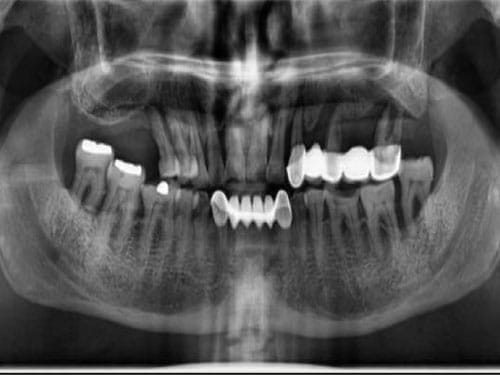
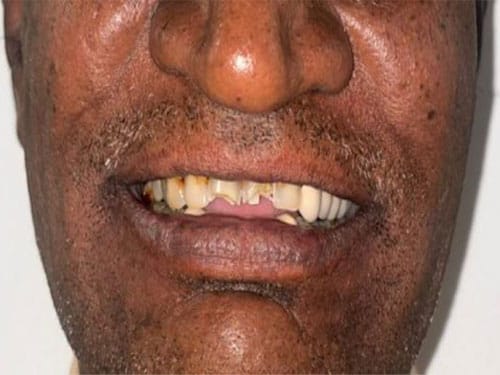
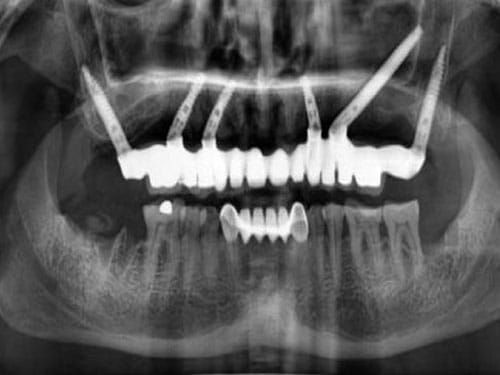
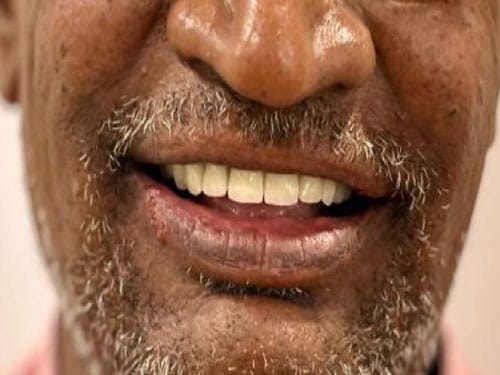
Please Visit Our Dental Implant Services in Hyderabad, India
24,000+
Dental Implants
850+
International Patients
25+
Years Of Experience
15+
Doctors and Staff

